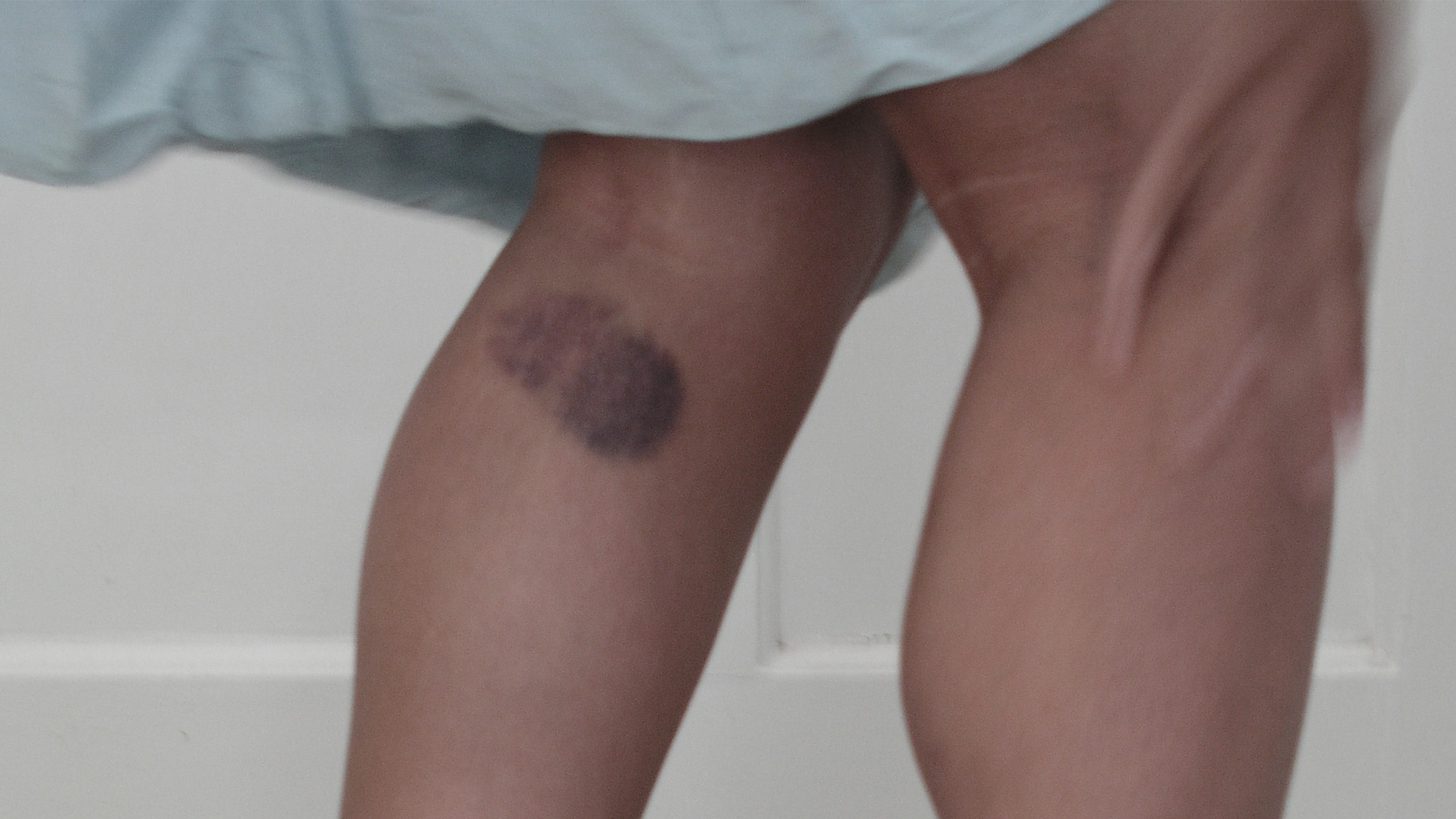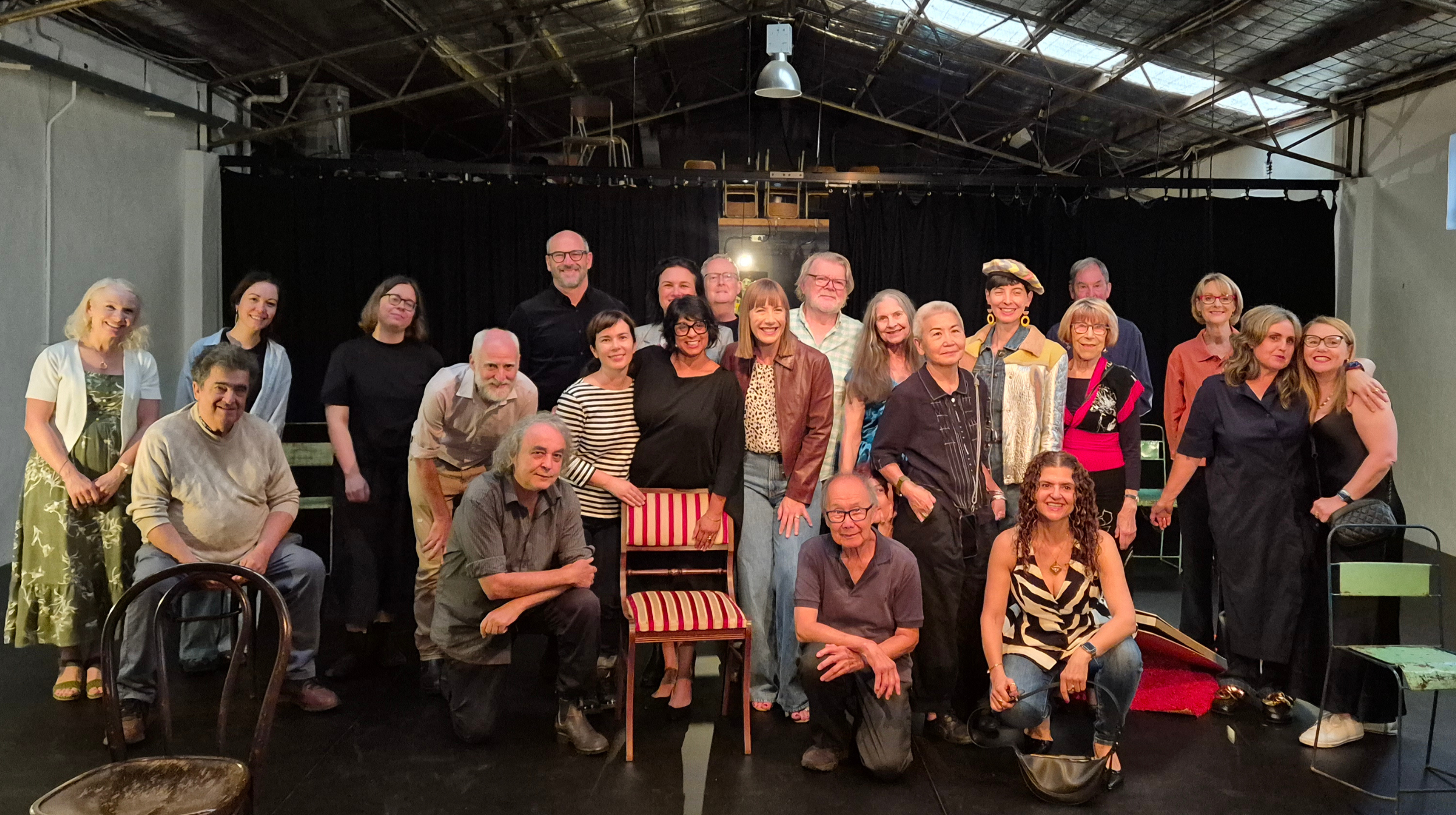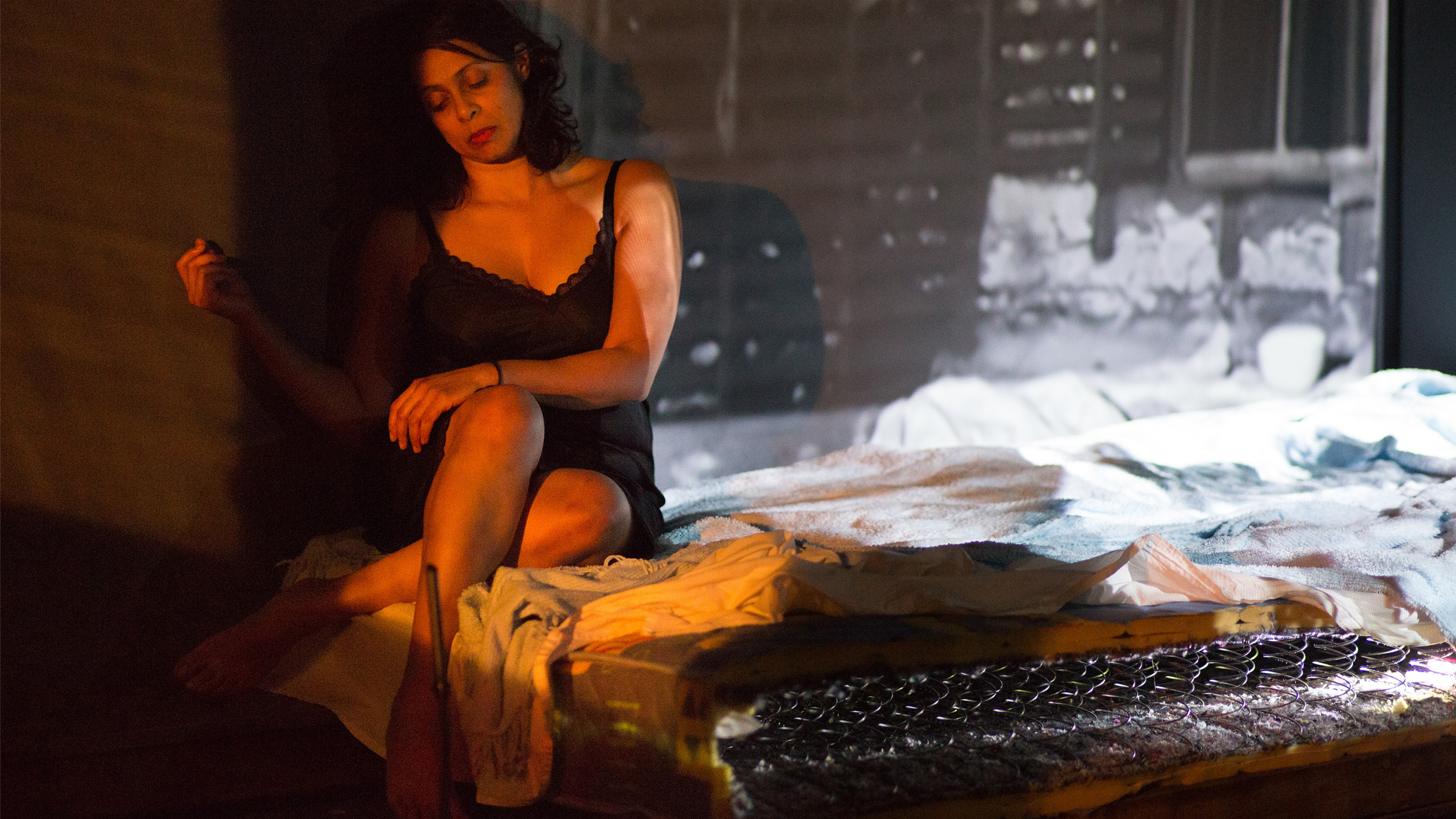
Threads of Home and Compositional Thinking
Michelle St Anne
22.08.2020
Illuminating landscapes of violence in plain sight, theatre director Michelle St Anne traces the threads of home, solastalgia, and the sunlit noir to weave her new theatre work ‘the foul of the air’.
Books describe; theatre embodies, and this is my aim. To create spheres around these women who are unregarded in our society and in their culmination, we create the theatrical world as a satellite of our society. It absorbs our world and beams it back from a safe distance.
Distance is important here. Talking about violence within the home is often too confronting, so I look to re-contextualise this into the meta by drawing parallels with the slow violence occurring in the environment. Where the women become the non-human – the rivers, the coastlines, the Australian bush, an endangered species.
Fascinated by the constructed tapestry of the novel The Natural Way of Things, I found that this texture of interwoven narratives and landscapes was what I wanted to explore throughout the crafting process of my new work ‘the foul of the air’.
By way of background, the author Charlotte Wood was inspired by The lady and the unicorn tapestry series. Often referred to as the ‘Mona Lisa of the Middle Ages’, the tapestries were designed in Paris around 1500, and are considered to be some of the greatest surviving masterpieces of medieval European art. It’s a bewitching image of a woman guarded by a lion and a unicorn, surrounded by a landscape of animals, trees and flowers.
In a talk at the Art Gallery of NSW (AGNSW), Charlotte Wood discussed the moment she first saw the tapestries on a visit to the Musée de Cluny in 2014. Wood had become acutely aware of the rooms and floors of work that were supremely male, where objects were either military or religious in theme, and in which women were either entirely absent or, if present, only occupying the most peripheral, functional, one-dimensional roles.
“Imagine my surprise then, on entering this dark room to find an illuminated, brilliantly coloured space entirely dominated by a woman’s presence: her body, her desires, her central place in relationship to the world around her. I was at once mesmerised and oddly unnerved.”
– Charlotte Wood
My theatrical worlds have largely been about women and their desires for something better and so I return to these concepts by mapping out sections of The Natural Way of Things onto my own version of this tapestry, weaving the threads that interest me through the lens of violence in plain sight. I shift away from the dystopian nature of the book and into the immediate everyday-ness of violence. Violence that seeps out in plain sight.
“I shift away from the dystopian and into the immediate everyday-ness of violence. Violence that seeps out in plain sight.”
And I start with home. But whose home? What home? American theatre-maker Geoff Soebelle (Creator of ‘Home’) describes home in his programme note as something ethereal. More than shelter, more than bricks and mortar.
“Some internal compass will just unconsciously follow that trail of breadcrumbs and before you know it you’ll be snug up in your bed and dreaming once again…Dreaming of other homes you once made. Other spots, other places, other nests. Remember the feeling? The Light. The smell. The unnameable thing that turns a simple set of coordinates into some psychic shelter rooted deep inside of you. How will you find your way home? How will you know it once you’re there?“
– Geoff Soebelle
So I pose, what if your home is not a building but a landscape? A river, a coastline, bush, forest, an ice field or desert.
This started me thinking about indigenous peoples across the globe and their sense of home; of country. The violent nature of being removed from country or having your country raped and pillaged, built upon, farmed and mined so that it is no longer recognisable. Communities and individuals actively being stripped of their identity. Being pulled, herded away from those set of coordinates rooted deep inside. What does that do to the spirit of the ‘resident’?
Environmental philosopher Glenn Albrecht describes this feeling as ‘solastalgia’, which simply put, is “the homesickness you have when you are still at home”. The concept of solastalgia has helped revive interest in the relationships between humans and place at all scales.
Wood discards her women in a dust bowl with the occasional relief of rain. This spasmodic sense of relief only heightens the sense of incessant heat and the sun itself becomes an antagonist. Beating down and chasing the women as they march along an electric fence. At night, they lie in kennels dreaming of home, of the comforts and objects they miss. Of sao biscuits…again, the mundane. They return to the homes they once made.
In the weaving of this tapestry, one must consider the colours of these threads. The harsh Australian sun makes me consider the hues of sunlit noir, a new film genre coming out of Los Angeles. Cinematographer Julie Kirkwood describes the visual style of the film Destroyer as “a kind of ‘sunlit noir’ look”.
“I’ve done films where I’ve gone extremely dark, but a lot of Destroyer takes place during the day, and I wanted to continue to work at the edges of ‘acceptable’ brightness in both the shadows and the highlights. Los Angeles lends itself to that because of its harsh desert sunlight. I wanted to accentuate the idea that it takes your eyes a moment to adjust when entering a dark space or when stepping out into the blinding sunlight.”
– Julie Kirkwood
“In the weaving of this tapestry, one must consider the colours of these threads […]. My lighting palette that sat in yellows and ambers has merged into a new red. The red of the pursuit of fire.”
This sunlight is something I consider as an antagonist. I have always felt pursued by the sun. Seeking shelter offers a moment of respite only for it to track me down again. It is this sense of pursuit, harassment that makes me think of torches, as they have the agility to stake you out. I’m exploring these feelings by playing with practical lights in spaces, rather than with traditional theatrical lighting.
My lighting palette that sat in yellows and ambers has merged into a new red. The red of the pursuit of fire.
Our country was on fire. Our home destroyed and we woke to an eerie light, a sky red with anger as we fought back unprecedented fear. This fear is not unlike Wood’s women. To end up in a place because of the ignorance of others.
“Not threatened with sticks or being tied up or leashed or speared…[but]…unregarded.”
– Wood p. 255
Unregarded by our political leaders.
The is article was originally posted by Sydney Environment Institute — 28 May 2020
It forms part of the Sites of Violence project which merges artistic and academic understandings of human and non-human experiences of violence, and the processes, emotions, and meaning that this violence reveals. This transboundary approach dismantles learned indifference by introducing novel perspectives to old problems, and facilitates productively disruptive collaborations between researchers and artists.
Michelle St Anne is the Deputy Director and Operations Manager – Programming, Impact and Engagement at the Sydney Environment Institute. She manages the operation of the Institute as well as curates a strategic and dynamic outreach programme. Michelle is also the Artistic Director and founder of the award-winning Sydney based theatre company The Living Room Theatre. She has produced and written over 23 ambitious new works that have had seasons in Sydney and Melbourne. In 2018 she became an Honorary Associate with the School of Theatre and Performance Studies, School of Literature, Art and Media, The Faculty of Arts and Social Sciences, at the University of Sydney.


